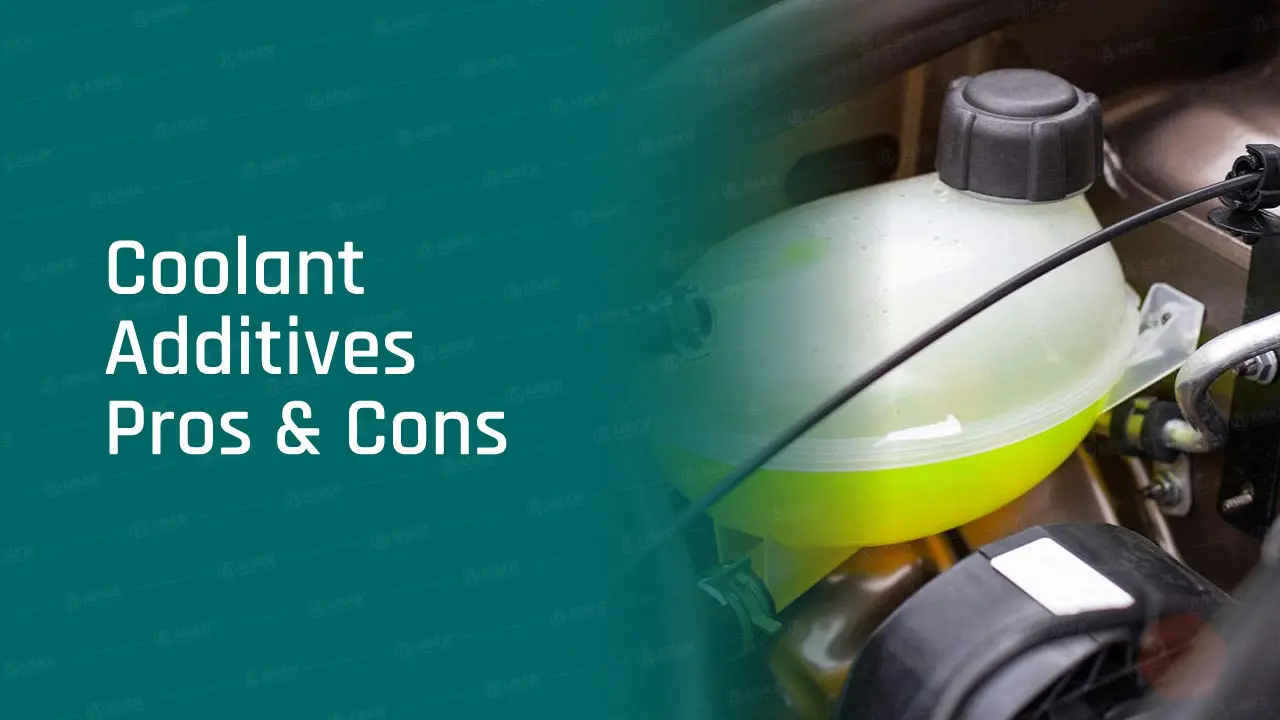- Armor Blog
- Consumer Education
- 2 Stroke Oil Mix with Fuel for Optimal Performance
How 2 Stroke Oil Mix with Fuel?

The Importance of the Right Mix of Two Stroke Oil with Fuel
For enthusiasts of vintage outboard motors, snowmobiles, PWCs, dirt bikes, and ATVs powered by two-stroke engines, understanding the art of mixing fuel with two stroke engine oil is paramount. This mix isn’t just fuel; it’s a crucial part of your engine’s health and performance.
Two-stroke engines require a blend of gasoline and oil for proper lubrication. The right balance is crucial: too little oil (a lean mix) can lead to insufficient lubrication and potential engine damage, while too much oil (a rich mix) might cause smokey exhaust, fouled spark plugs, and unwanted deposits.
The Art of Pre-Mixing Fuel With Oil
What is the correct two stroke oil mixture?
A question all bike lovers want to know. Achieving the perfect blend of fuel and engine oil in two-stroke engines is more than a routine task—it’s a critical skill that can significantly impact engine performance and longevity.
Pre-mixing fuel and two stroke engine oil in a separate container before adding it to your machine’s tank offers several advantages, ensuring your two-stroke engine operates at its best.
Accuracy
By pre-mixing in a dedicated container, you can measure oil and gasoline precisely, ensuring the correct ratio. This accuracy is vital for engine health and efficiency.
Consistency
Pre-mixing allows for a thorough and uniform blend of two stroke oil and gasoline, which might not be achieved by adding them separately to the engine’s tank.
Convenience
With pre-mixed fuel, you’re always ready to fuel your engine without the hassle of on-the-spot measuring, especially when you’re out and about.
Customization
Different engines and operating conditions might require slightly varied ratios. Pre-mixing gives you the flexibility to adjust the mixture as needed.
Evolution of Ratios: From 20:1 to 40:1
The journey from the historically common 20:1 ratio to the now standard 40:1 illustrates the advancement in engine and oil technology. As engines evolved, they needed less oil for the same level of protection.
The 20:1 Era
In the early days, engines were less efficient, and the oils available were basic, necessitating a richer mix. A 20:1 ratio meant more oil was present to lubricate the engine, but this often led to increased smoke and residue.
Advancements in Engine Design
As engine designs improved, they required less oil for effective lubrication. This evolution was partly due to tighter tolerances and improved metallurgy, which reduced the oil quantity needed to prevent wear and tear.
Development in Oil Technology
Modern two stroke oils are far more sophisticated than their predecessors. They offer better lubrication, burn cleaner, and protect against wear and deposits more effectively. These advancements allowed for leaner mixes, hence the shift to 40:1.
The 40:1 Standard
This ratio strikes a balance between providing sufficient lubrication and minimizing residue and emissions. It’s a testament to how far engine and oil technologies have come, allowing engines to run cleaner and more efficiently.
Mixing Convenience
The 40:1 ratio also offers practical benefits. It simplifies the mixing process—for example, adding one pint of oil to a 5-gallon jug of gas. This convenience is particularly appreciated by those who regularly maintain their own engines.
Pro Tips for Perfect Pre-Mixing of 2 Stroke Oil with Fuel
Start with a Clean Container
Ensure your fuel container is clean to avoid contaminating your mix.
Measure and Add Oil First
Use a measuring cup like the Attwood Fuel Oil Mixing Bottle to get the right amount of oil. Add the oil to your container first.
Add Fuel Stabilizer
If not using the pre-mix immediately, a stabilizer like Quicksilver® Quickstor® is recommended.
Fill with Gasoline
Add gasoline to the container. Non-ethanol gasoline is preferred for best results.
No Need to Shake
With modern oils, shaking the container isn’t necessary, as the agitation from adding gasoline mixes the oil well.
How to Choose Quality Two Stroke Oil?
Your engine’s manual will specify a minimum oil standard, but it’s wise to choose a higher quality oil for better protection. Armor Lubricants offers premium quality two-stroke oil which meets international standard, each designed for specific conditions:
Premium 2-Stroke Outboard Oil
Ideal for low- to mid-horsepower engines, it exceeds NMMA® TC-W3® standards.
Full Synthetic 2-Stroke PWC Oil
Biodegradable, clean-burning, and minimizes exhaust smoke. Protects against engine wear and corrosion.
Armor Synthetic Blend 2-Stroke PWC/Snowmobile Oil
Suitable for both cold and warm weather, reduces carbon deposits, and meets most manufacturers’ warranty requirements.
Armor Lubricants stands big as a leading lubricant supplier in the UAE, renowned for specially formulated two stroke oil for motorcycle and dirt bikes. With a commitment to quality, technology innovation, and great customer satisfaction, Armor Lubricants has established as the best in lubricant businesses across UAE.




 Spear lubricants
Spear lubricants Armada lubricant
Armada lubricant Ace lubricants
Ace lubricants Perfect lubricants
Perfect lubricants Enzo lubricants
Enzo lubricants Lawrence lubricants
Lawrence lubricants